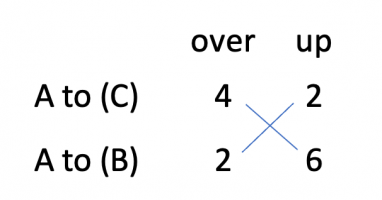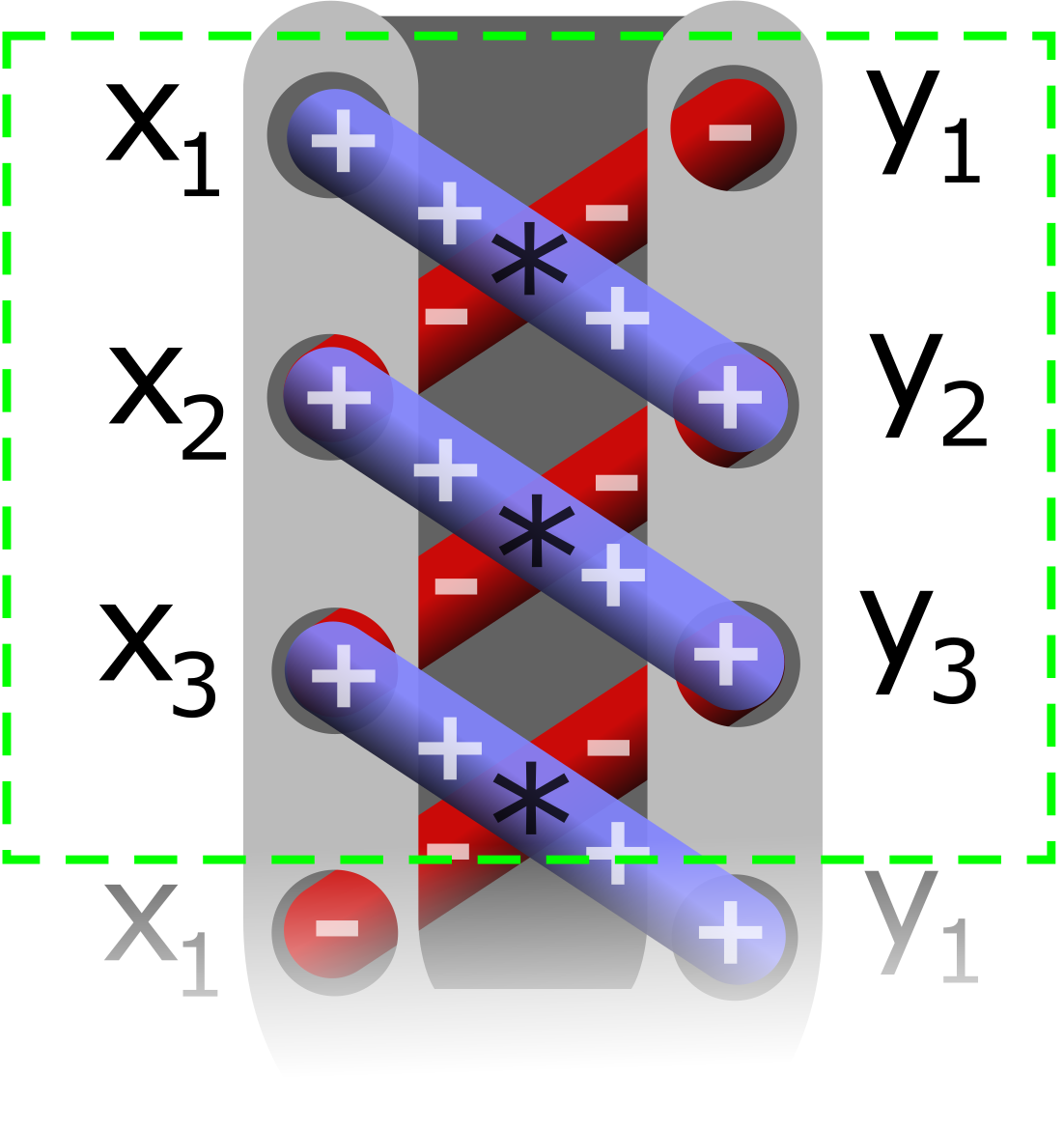faizaamir88
New member
- Joined
- Mar 10, 2022
- Messages
- 1

That is a neat way - which I did not know. Thanks LexAlternatively for any [imath]\triangle[/imath] you can start at a vertex (corner) e.g. A and write down the directions to get from A to the other points B and C: (using +/- numbers)
View attachment 31612
Then do [imath]\hspace1ex 4 \times 6 \hspace1ex– \hspace1ex2 \times 2[/imath], and half the answer. The size of this answer will be the area.
I should, of course, have written: "the surrounding rectangle (ALMN)" not "(ALMF)"! My mistake.Hi [SIZE=6]faizaamir88[/SIZE],
If you draw the surrounding rectangle (ALMF), you should now be able to calculate the required area fairly simply (using formulas I'm sure you already know)?
I realised that - but it is a devious way to introduce matrices and vector cross-product to middle school-students without boring them to death first.@Subhotosh Khan
Nice, but I'm afraid it's only [imath]\tfrac{1}{2} |\overrightarrow{AB} \times \overrightarrow{AC}| [/imath]
You can also use the more general "shoelace formula" for area of a polygon:Alternatively for any [imath]\triangle[/imath] you can start at a vertex (corner) e.g. A and write down the directions to get from A to the other points B and C: (using +/- numbers)
View attachment 31612
Then do [imath]\hspace1ex 4 \times 6 \hspace1ex– \hspace1ex2 \times 2[/imath], and half the answer. The size of this answer will be the area.

I realised that - but it is a devious way to introduce matrices and vector cross-product to middle school-students without boring them to death first.
I learned the cross-product trick when I had to calculate the area of a quadrilateral figure in our FEM class.
You can also use the more general "shoelace formula" for area of a polygon:
While I agree (wholeheartedly) that lex's method is a very slickYes, it was a bit sneaky!
I wondered might it prompt the OP to question about other polygons, and lead us to the shoelace theorem.
I fear we are alone. Oh well!
Your method is absolutely the best way; I think we've been adding alternative methods as a conversation among ourselves, since the OP hasn't even looked since the first answer was given.While I agree (wholeheartedly) that @lex's method is a very slickway of obtaining the answer, I wonder whether it really suits the needs of the OP? Given the facts that the correct option is already indicated and s/he asked "how" it was reached, it seems to me that s/he is trying to gain some understanding of how to solve the problem?
There is no remedy. It just happens, and we live with it.No criticism of other contributors is intended here; just my thoughts about how best to approach questions where "insufficient information" is provided by the OP. (And a possible way to remedy that?)
